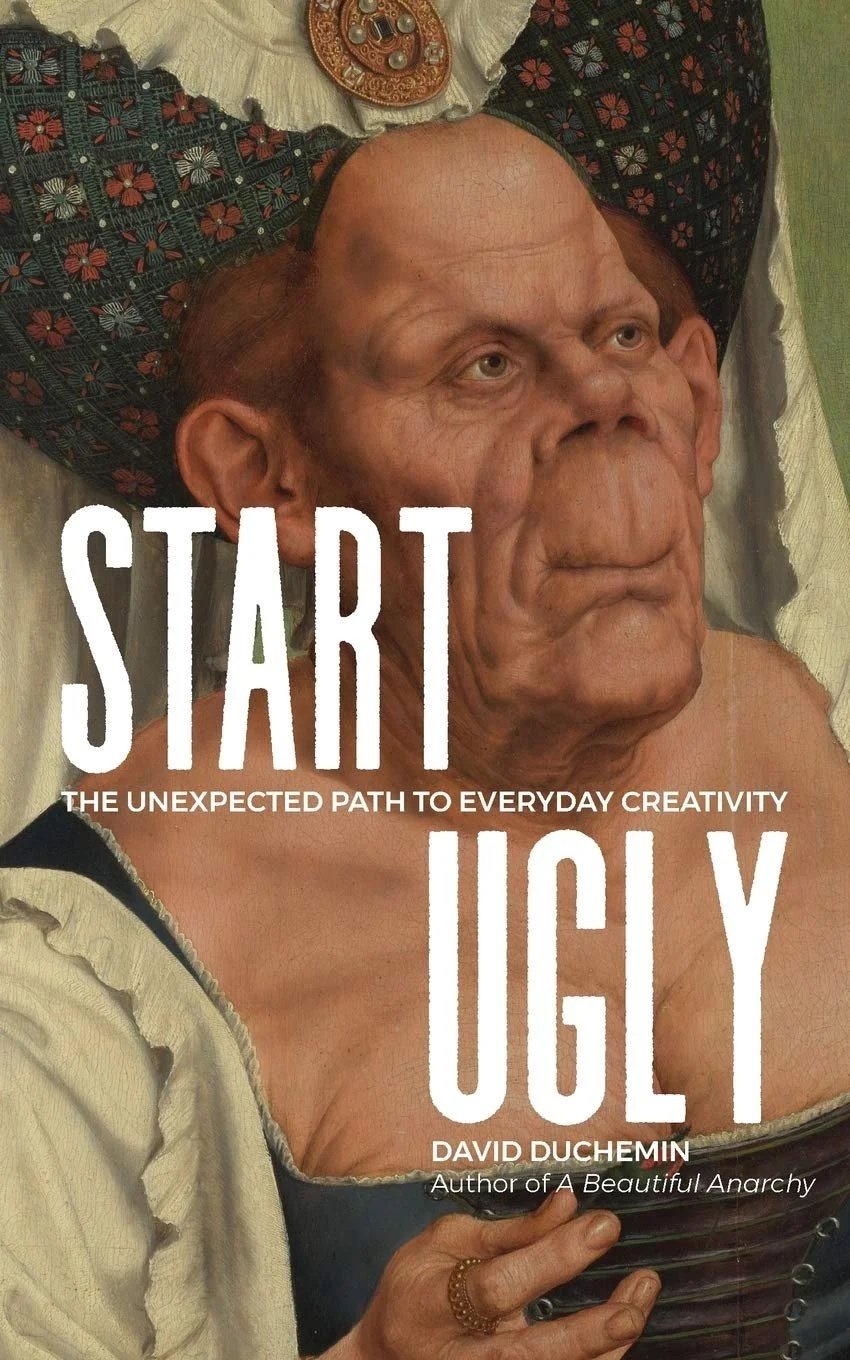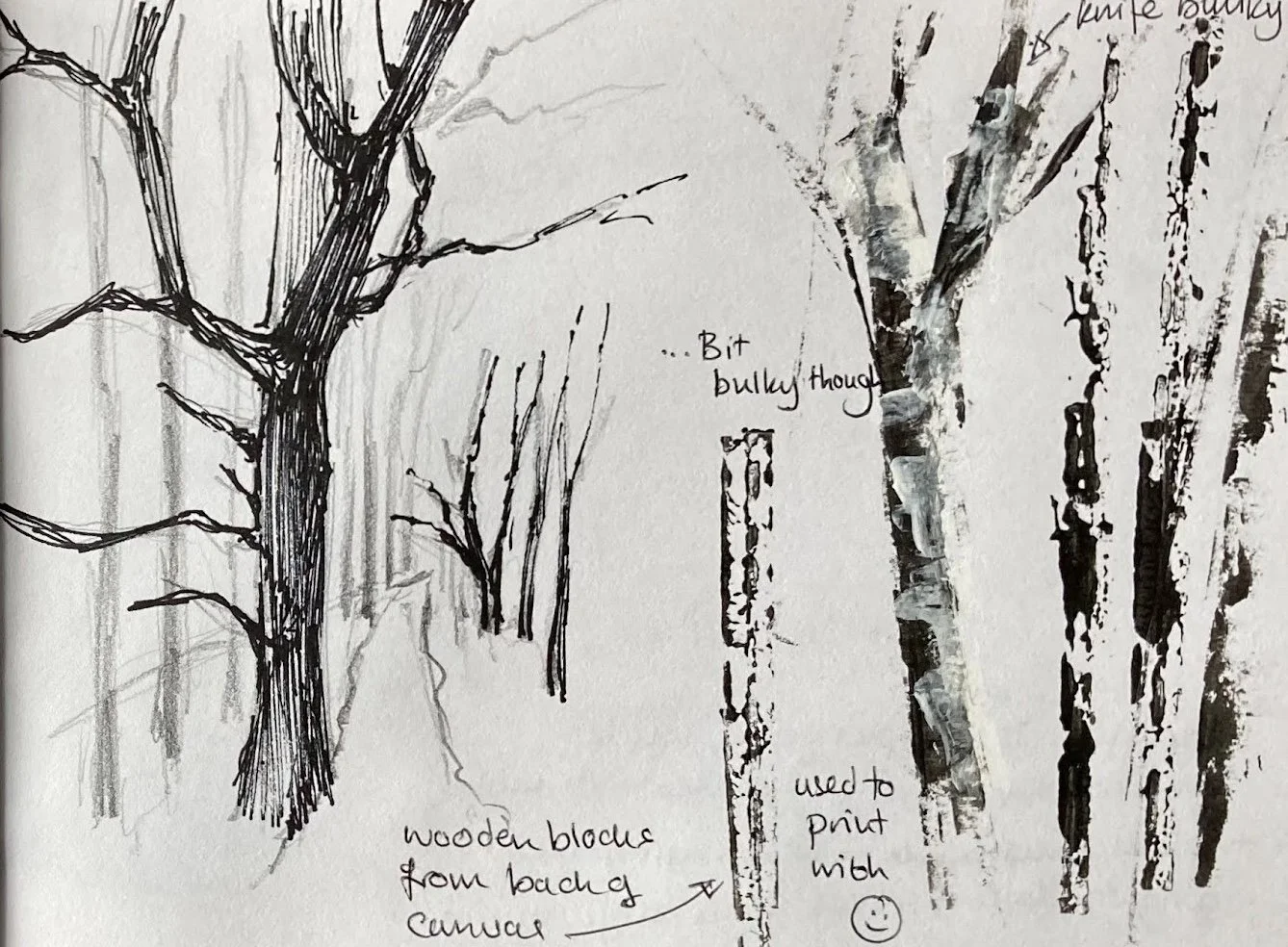Mistakes Are Good, It’s How we Learn
When we start something new, whether it’s drawing and painting, playing piano, or learning a language, it’s natural to feel a little nervous. We all want our first attempts to be great, but when they’re not, frustration creeps in and we feel like throwing in the towel and giving up straight away, before we’ve even given ourselves a chance to see what we’re capable of.
In moments like this, it’s so important we realise that mistakes aren’t failures...they’re just our first attempts in learning... physical signs that we’re trying to find out how things work, exploring the options, and developing our knowledge and skills. Everyone, no matter who they are, or how experienced they’ve become, have all gone through this early phase of learning, of making mistakes. It’s an essential part of the process, and makes it so rewarding for us, when later we can look back at our earlier efforts and realise just how far we’ve come.
Give Yourself Permission to Get It Wrong...and Just Start...
When you’re learning, there’s no need to aim for perfection. Allow yourself to mess up, don’t be afraid to erase things, cover over them, or even start again. It’s completely fine to change your mind halfway through a project if you’re not feeling it, or take a different approach entirely. Often experimenting like this is how new techniques and processes are discovered...so who knows what you’ll invent!
Last year I read Rick Rubins ‘The Creative Act: A Way of Being’ (fabulous book by the way) and in it there was a quote by Zig Ziglar (American author / motivational speaker) who said...“You don’t have to be great to start, but you have to start to be great.” and it was just one of the many things in that book that really resonated with me. Because quite often starting a creative project, or any new skill for that matter, is the hardest part. But just imagine if we didn’t take that plunge, if we didn’t start at all, not even trying...what amazing things would we be missing out on?
Surely not starting something is far worse than just having a go, and then being relaxed about making mistakes along the way, because we know we need to do this in order to learn and improve the skill. Learning is an active process, its important for us to remember that the best way to understand something is by doing it...so don’t be afraid to pick up that sketchbook & pencil and just have a go.
Learning Through Play and Experimentation...
Another wonderful book I’ve read recently is Starting Ugly, by David DuChemin, who puts it perfectly when he says...“The beginning is the hardest part, filled with fears and procrastinations and the paralysing desire to get it right on the first try (which almost never happens). Creativity is evolutionary...it begins with bad ideas and crappy first efforts...the moment we embrace this and don’t worry about ugly beginnings, but instead mine them for possibilities, our everyday creativity flourishes.” Here he’s emphasising that you don’t have to get it right straight away, you just have to start...to play, to explore, and experiment. When things go wrong, don’t take it personally, give yourself a break and just enjoy the process of creating. Maybe that sketch didn’t turn out exactly how you hoped, but that’s ok...tomorrow, you’ll come back with fresh eyes and see what you could try differently. Each time you do, you’ll improve a little more and you’ll have more experience to build on.
Avoid Overthinking and Overworking
Believe me, it’s easy to get stuck in your head, worrying about what others might think, or endlessly tweaking something until it loses its freshness. Sometimes, the best thing you can do is just step away. Half-finished work can always be put aside and revisited later, when you feel more like having another go, you don’t have to complete a painting in one sitting, it very rarely happens that way. Often, when you return, you’ll see different options of what to try next, things you hadn’t thought about, new things, exciting things. It’s more beneficial to see your unfinished pieces not as failures, but as stepping stones towards developing your skills further. Remember art doesn’t need to be perfect, just honest. The more you let go of pressure, the more authentic your work will become.
Tuning Out the Voice of Self-Doubt...
That little inner critic that says, “I’ll never get this right” or “I’m not good enough” can be very loud sometimes. But those voices aren’t really the truth, they’re just our fears trying to keep us safe, to keep us in our comfort zone, close to what we’re used to, and away from trying something new.
Try to turn the volume down on self-doubt and replace it with curiosity. Ask yourself, “Why has this happened, what can I learn from what I’ve just done?” instead of the negative feeling of “I just can’t get this right” Every mistake shows you something valuable about your technique, your materials, or your process. You’ve just got to be aware and look for it. By recognising what didn’t work, you’re already one step closer to understanding what will work next time.
Think of Limitations as Opportunities...
From time to time we all face creative limitations...whether it’s trying to find an hour in the day to practice or not having enough space to work...maybe you feel a lack of confidence, or don’t think you have the right materials for the task ahead. But instead of seeing these things as barriers, or excuses not to create...think of them as mini-challenges instead. Challenges that can push you to grow and develop, not only your creative practical skills, but also your creative thinking. Finding resolutions to these bumps in the road will boost your self esteem, showing you new ways of working and proving just how capable you are. Working within limitations often sparks ingenuity, you often find new ways to solve problems, develop new techniques or discover more about yourself as an artist (your likes and dislikes).
If you fancy testing this theory, why not have a go at imposing your own limitations on your art practice...see what you’re capable of, see how far you can push your skills...suggestions might include...
Limit your time - aim to draw / paint something in 20 minutes (set yourself a timer)
Limit your colour palette - create something in only shades of BLUE (or another colour if you prefer)
Limit the amount of marks - draw an object with only 20 marks (each mark will need to be carefully considered before being used, so the focus will be on identifying which parts of the object are essential)
Limit the tools you create with - draw / paint an object with only a palette knife for instance (or with only a flat head brush; push yourself even further by only using a stick from the garden or a cotton bud)
Remember any limitation will feel awkward and restrictive at first, that’s their purpose, but ultimately they’ll force you to think deeper, to think outside the box...and who knows what you’ll discover.
Enjoy Your Progress...
Progress doesn’t come in big leaps, it comes in small, consistent steps. Each time you pick up your brush or pencil, even if the result isn’t quite what you’d set out to do, you’re still learning something valuable.
So often I hear people worry about what others think, how will their friends and relatives react to what they’re creating, but no one is (or should be) judging you, making art should always be about putting you at the heart of what you do...your journey, your discovery, your enjoyment. As long as you like what you’re doing that’s the important thing, if others happen to like it too, then that’s a bonus, not the primary goal.
So please be kind to yourself and take the pressure off, allow your creative process to be enjoyable, to be messy and imperfect...and full of discovery. Trust that every mistake is helping you become a better, more confident artist, this is how skills develop and you find your own way of creating.
Remember you’re not creating for anyone else’s approval, you’re creating because you love what you do, you want to do more and get better at it.


